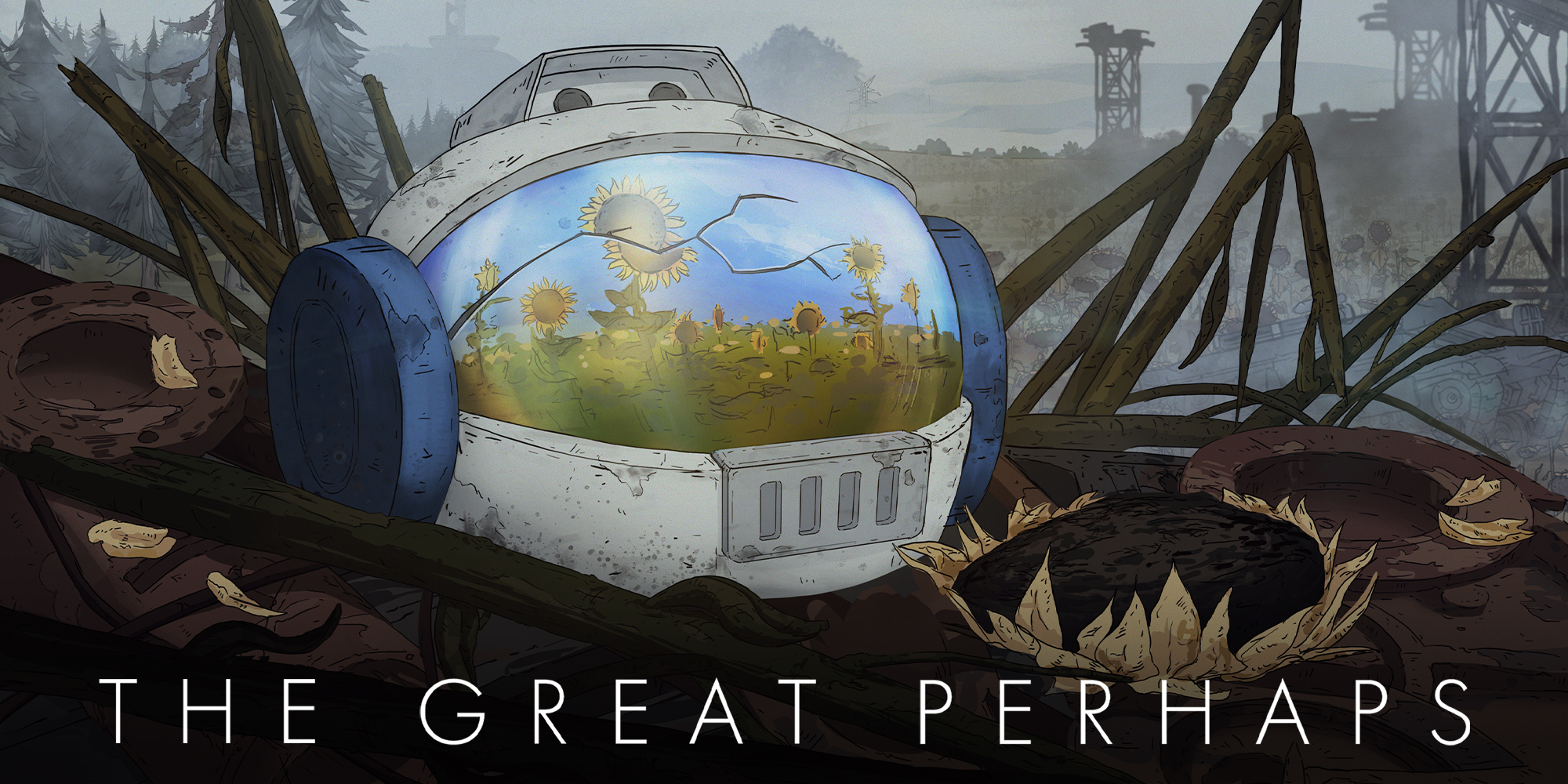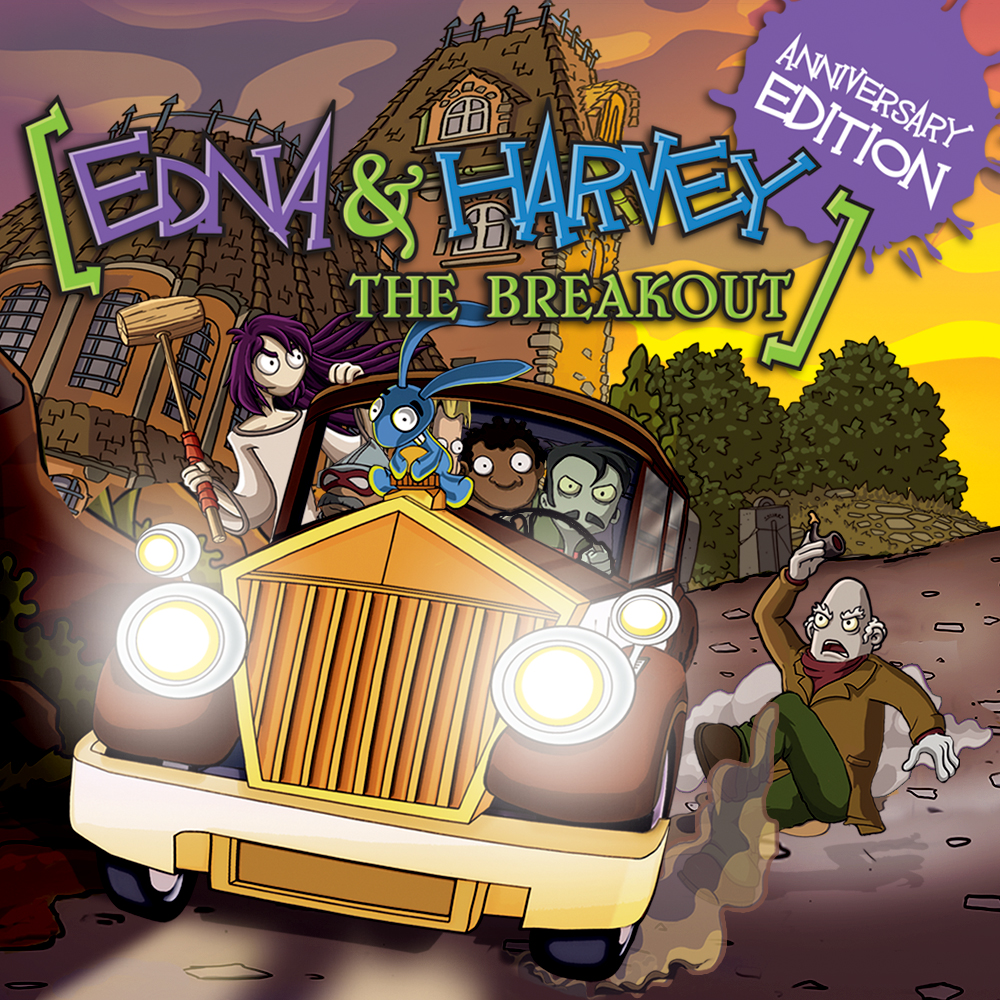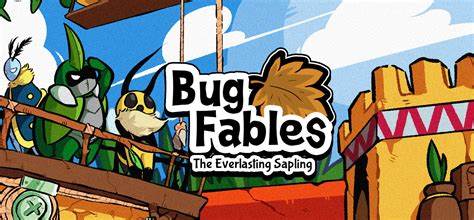Rabi Ribi Review
Fast Facts
Title: Rabi-Ribi
Developer: CreSpirit / GemaYue
Publisher: PQube (PS4) / Circle Ent. (Switch)
Website: https://www.crespirit.com/home
Genre: Platformer, Bullet Hell, Metroidvania
Platform: Switch
Age Rating: PEGI 12
Release Date: 17/10/19
Price: £26.99 – Rapid Reviews was very kindly provided with a review code for this title.
Our bunny, Erina, suddenly awakes in a box somewhat confused as to how she arrived and as to where she is. Things get weirder quickly as she comes to the realisation that she’s now a human. But she keeps the ears, obviously.
Out of hutch with reality
Erina sets out on a quest of discovery through this colourful fantasy world, with the goal of getting back to normality. Joined early on by her fairy buddy and co-protag, Ribbon – the ‘Rib’ to Erina’s ‘Rab’ in a case of glorious of East Asian-style name-shortening – the pair are tasked with gathering magic users to open a portal to a more familiar setting. All this while making some new pals and getting reacquainted with friends, such as Erina’s telepathic master (read: pet owner), on the way. Armed with a massive hammer and supported by Ribbon’s powerful magic, no one can get in this duo’s way.
The cast is occasionally visually memorable but rarely so in personality, with little to elucidate motives or background beyond the obvious. NPC lines like “you don’t have to talk to everyone here. Why do you feel like you need to?” backfire somewhat with most interactions adding nothing. That’s not to say the script is badly written, just that Rabi-Ribi’s happy to forego the twists and turns of an in-depth story in favour of blunt exposition. It’s somewhat refreshing in a way; where others may have opted for shoe-horned in plots or narrative, Rabi-Ribi just rides its waves of cheery positivity.
From an aesthetic perspective this is as niche as they come and likely to be off-putting for a larger audience. You’re looking at bunny girls, fox girls, catgirls, yuri romance overtones (without going into overtly lewd territory), pop-anime art and a bucketload of happy. I dig the whole thing; it’s silly and cutesy but it’s bright and, importantly, fun, thus, getting me absorbed in this fairy fantasy world took mere minutes. The clean, crisp, simple sprite-based artwork looks fantastic during gameplay, with story beats told in a mixture of a portrait-visual novel format and in-game animations. Neatly woven background scenes, while not abundantly detailed, have enough to give a sense of (fantasy) presence to the world, especially when coupled with the plentiful NPCs, non-linear level design and infectious musical score.
Rabbit droppings
In gameplay terms, Rabi-Ribi is an exploration platformer with light RPG elements, however, what Taiwanese developer CreSpirit have achieved is an expert blend of Metroidvania and bullet hell shoot ‘em up action. Pixel-perfect platforming is absent in favour of adventuring and battling.
The game’s nine main areas are segmented off (think Metroid style map system) into smaller areas and cover lots of ground all the way from snowy tundra, caves, an underground pyramid, to a scientific bunker. It’s not a new way to manage exploration but each area is filled with hidden paths leading to collectables and upgrades. As is standard for the genre, new abilities allow traversal into previously gated sections and the excellent pacing quashes any potential for downtime, offering timely rewards for exploration. Each segment of the map winds into the next naturally and while it’s no masterclass in level design originality, it’s functional and never frustrating. Missions are handed out in groups and you’re given the choice as to how many of the objectives you wish to complete in the form on non-linear freedom. Once the areas are open, you’re largely free to choose where you want to go and it’s through clever use of batching objectives together that allows the player free rein oven when to progress the story.
There’s a hint of Mega-Man influence at play, with one particular section housing thick laser beams that form platforming obstacles, moments before acquiring a slide ability. These additional abilities are spread out nicely and always have a dual combat/exploration use, for example, the slide allows you to squeeze through small paths, can be used as an attack and offers frames of invincibility, making it an effective dodge mechanic.
Areas are filled with theme-appropriate enemies (forest mushrooms, robot maids, catgirls with water guns; the usual) each with their own attack patterns, occasionally overwhelming the screen with projectiles. Learning the best ways to dodge attacks while choosing an appropriate response from your move set and metre-manging your energy levels is an absolute joy. The early game’s combat limitations, in the form of stunted combos from the spare skillset, quickly give way to an array of options. Ribbon’s projectile magic, acting as a de facto Mega Buster, can eventually produce charged shots, your base hammer combo grows as you use it and separate specials moves are added to both Erina and Ribbon’s respective, ever-more comprehensive arsenals, with Ribbon’s also providing a range of buffs. Tight controls allow flowing and flexible combinations of your abilities and each slide into a hammer attack feels natural and satisfying.
Boss Rabbit’s Magic Touch
The introduction of boss battles is often abrupt and based on an NPC’s sudden urge to want to fight you. You see, there is a group of fake bunny-ear wearing scoundrels who aren’t best liked in these parts and when Erina strolls along with her organic fluffy appendages, people assume the worst. Other times, trippy colour-shifting bunny images fall from the sky like snowflakes and manipulate the minds of some of the game’s cast, resulting in them blindly attacking poor Erina and Ribbon randomly. To the surprise of no-one, the sky isn’t changing colour without intervention and this phenomenon only appeared after Erina’s sudden disappearance and subsequent reappearance as a rabbit-human hybrid but hey-ho, everyone wants a fight and these fights are frantic.
Bosses are never cheap but always classically formulaic. Each one has a multitude of projectile formations and pattern behaviours, resulting in an intense, sometimes phantasmagorical, bullet hell. A battle in an underground lab with what seemed like an ESP-magic user felt like a scene from Mob Psycho at one point. As the fights progress the enemy attacks change more times than a Tory manifesto promise, but unlike those, feel natural and reasoned, never volatile. The satisfaction of whipping out that final hammer-combo (the likes of which would make King Dedede blush) to take that hard-earned victory provides that wonderfully unique gaming catnip for the brain.
At this point you’d be forgiven for thinking the game sounds difficult and inaccessible but fear not, there are lots of difficulty settings including a casual difficulty which playfully warns of the bullet-hell nature of the harder difficulties. Additionally, you can completely customise your loadout. The deep level of customisation here offers players the chance to tweak the difficulty to their liking, with optional badges (providing buffs) and upgrades having on/off toggles. A cursory glance through the menu reveals the scope of available upgrades, moves, and mods. The in-game currency, En (Japanese for Yen in case you were wondering) is obtained by defeating enemies and is used to buy stat upgrades, consumables and ability buffs from Rabi-Rabi town’s only shop. These upgrades aren’t to be scoffed at either, for example, buying a movement speed upgrade raises movement speed by a very significant 25%.
Difficulty can be adjusted on the fly for when you run into a tricky boss you can’t quite manage or for when you can’t quite figure the attack patterns out, but alternatively, you can always farm/grind like hell until you’re statistically overpowered. The key takeaway here is that choice is entirely left in hands of the player. Rabi Ribi can be as easy or as impossibly difficult as you like.
Run Rabbit, Run Rabbit, Run, Run, Run
In terms of extras, there are bevvies of sub-sections in all the game’s areas as well as additional locations with greater difficulty and a very welcome boss rush mode. Weighing in at around 13 hours for my first playthrough, Rabi-Ribi has an impressive amount to occupy yourself with, but to 100% the game is likely to take double that. It’s a game I’ll happily playthrough again on a higher difficulty.
And speedrunners rejoice! Not only do you get a separate mode but separate in-game clocks for total playtime and run time (logging time spent in gameplay and menus/cut scenes, respectively). Even for non-speedrunners like me, I found this a healthy addition, giving a better representation of how long you’ve been hands-on. Imagine having a clock like that in Death Stranding…
While there’s no voice acting (not a great loss given the so-so dialogue), the soundtrack is made of soft electronic synthesised sounds, often backing infectious melodies with whistle-inducing flute parts and more. However, the best part, for me is the copious amount of music included in the package. Each track is long enough to avoid annoyance through repetition and there are so many of such a high standard that I’d implore any potential buyer to keep the sound cranked up.
Doing it like bunnies
It would be unfair to mention, at least in passing, that this game isn’t shy on the pervy direction of the clothing choices, camera angles and proportions that you’ve no doubt come to love/loathe (or like me, be indifferent) from many modern-day anime art styles. If that doesn’t faze you, the art has a cheerful direction overall that gels nicely with the 2D sprite work within gameplay and it never creeps into adult territory, maintaining a light and friendly tone throughout.
The plot may be forgettable, but the gameplay is king with Rabi-Ribi, giving me a pleasant surprise as the game progressed. What began as a simplistic action platformer with hints of shoot ’em up, turned in to a bullet hell Mega-Man-meets-Metroidvania and I had a blast throughout. The steady flow of upgrades and the introduction of combat/exploration abilities keep Rabi-Ribi feeling fresh, and the shmup elements are the icing on this already colourful cake. I always felt compelled to continue, driven entirely by the draw of the next ability, upgrade, music track, boss or area. Simply put: it’s damn good fun.
With a number of playstyles accommodated and plentiful options for customisation, there’s enough to experiment with. Now I’ll stop rabbiting on and hop to it.
Rapid Reviews Rating

You can purchase Rabi-Ribi from the following stores.
eShop PlayStation Store



